Posted: Jan 15, 2019
Updated: Oct 10, 2024
Table of Contents
Getting to Visit Ilot Sarpan
Our journey to visit Ilot Sarpan (Iles de la Madeleine) began in a bit less than ideal way for me. First, we were the last group of tourists to arrive, and most of the tour guides were already on the island with other groups. I felt a slight sentiment of discomfort from the rest of the staff. They seemed to be a bit bothered by the fact that we were distracting them from their football game. I could be imagining things, or perhaps projecting how I would feel if someone barged out of nowhere, soliciting my attention while I was doing something important. And make no mistake: football is extremely important to Africans. Eventually, one of the staff members assisted us and in no time, were on our way to Iles de la Madeleine, on a motorized canoe.
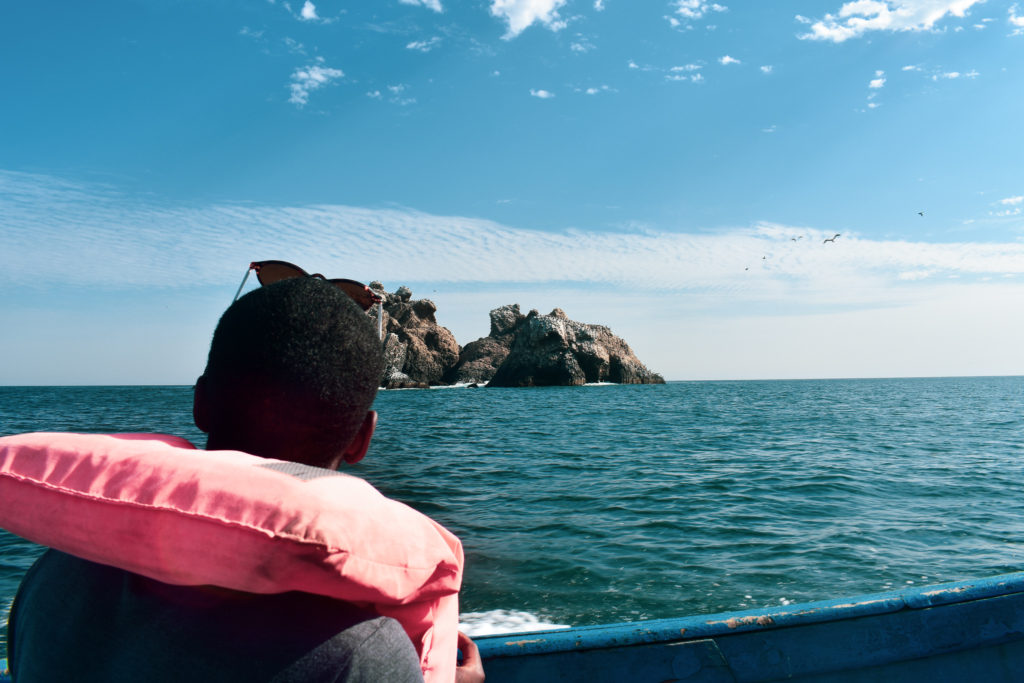
To be honest, I was a bit uninspired to visit Ilot Sarpan, for two key reasons: first, it was Sunday (afternoon), the time when I would typically stay home and relax. Secondly (and most importantly), I could not find anything interesting to do on Ilot Sarpan when I looked up online. But I was determined to find out what made this island unique. There had to be a reason. And there was. But first of all, let’s find out what is the actual name of this island.

The Real Name of the Island
This island can be referred to using 4 names. In case you were ever confused (like I was before I visited Ilot Sarpant), let me clarify this for you.
- Iles de la Madeleine: this is the oldest and official name of the island. It comes from the portuguese “ilha de la madelena”, named after a research vessel that was said to have landed there at the beginning of the 18th century
- Ilot Sarpan: this name started surfacing around the 20th century. It is also sometimes written as “Ile aux Serpents” and there is a reason for that. According to the legend, during colonization, a wicked army sergent called Sarpan was exiled to the island, hence the name “ilot (small island) Sarpan (name of the sergeant). However, when locals pronounce it, it sounds like “Ile aux serpents” (snakes island). Some people also claim that Ilot Sarpan is home to several species of venomous snakes, hence the name.
- Ile des Oiseaux: Ilot Sarpan is also called the “birds island” because it is home to several species of birds.
- Ile des Esprits: according to the legend, there is a spirit that is alive and lives on this island, and does not allow invasion or cohabitation with humans. And it gets more interesting… Read more.
Right now, you can keep reading on the history of and things that make this island unique, or simply skip to the photo gallery and watch the amazing pictures. (But if you keep reading, it gets a bit scary!)
Ilot Sarpant: Volcanic Beauty Twirled into Spiritual Mystery
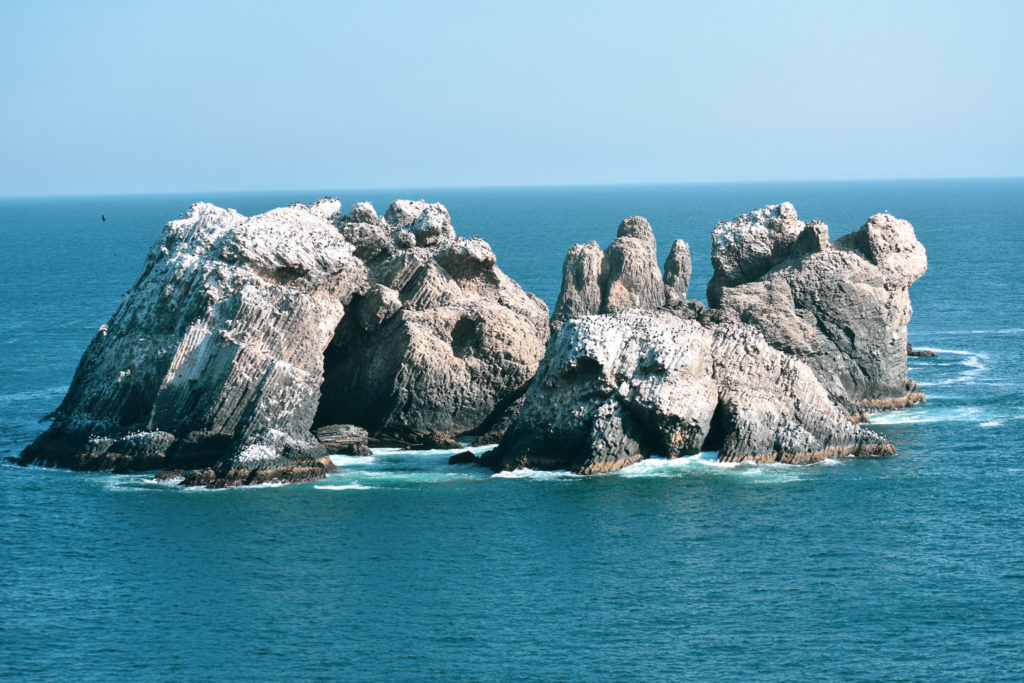
The legend narrates that there is a protective spirit that has been living on Ilot Sarpan since its inception. “The spirit does not want to cohabitate with humans”, my tour guide, Frederic said. Anyone who visits the island has to return back to the mainland by 5:00 PM, when the last boat leaves. No one is allowed to take anything that belongs to the island with them. Even more, no one is allowed to kill any bird, fish or any animal that lives on that island.
Theoreticians believe that because of the lack of human presence on Ilot Sarpan, the island has been able to sustain itself naturally and keep all its endangered species alive.
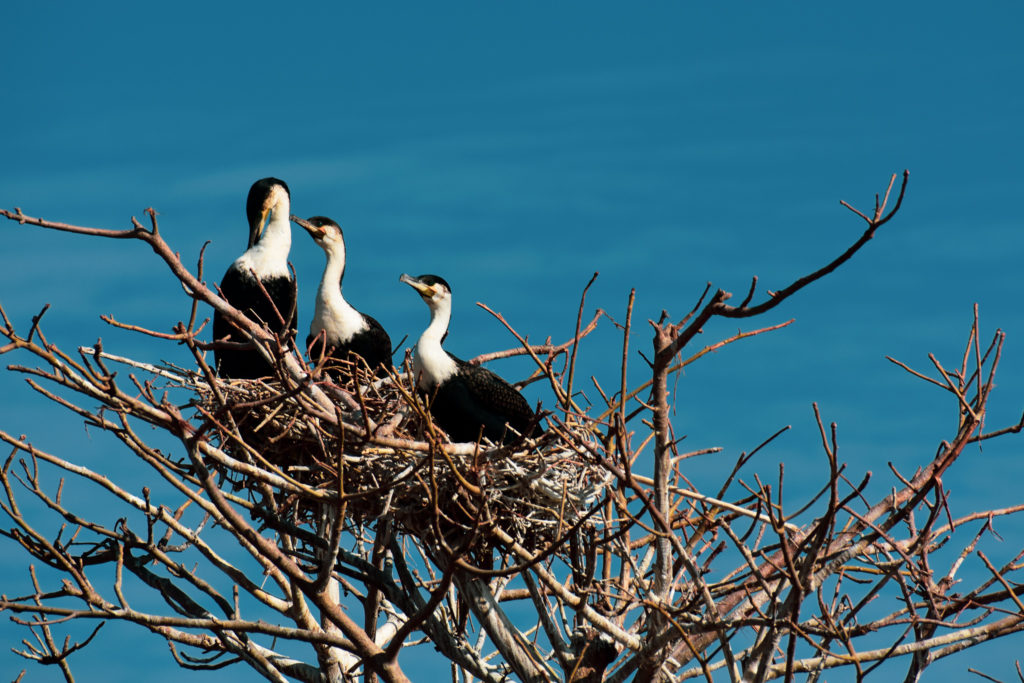
As we arrived on the island, we instantly witnessed a wide diversity of birds, either flying over the sea, or perched on a baobab tree. “Each type of bird stays at a specific location. The great cormorants and the phaetons do not stay in the same place”, Frederic added. He explained that the birds naturally knew which trees to stay on, and they would form their nests at specific sites. Although all birds could fly around the island freely (visit each other, etc.), it was important for each type of bird to return to its tree to spend the night. Could this be natural avian ingenuity, or a master order from the higher spirit dominating over Ilot Sarpan? In reality, no one could tell.
Testing the Mystical Hypothesis when Visiting Ilot Sarpan
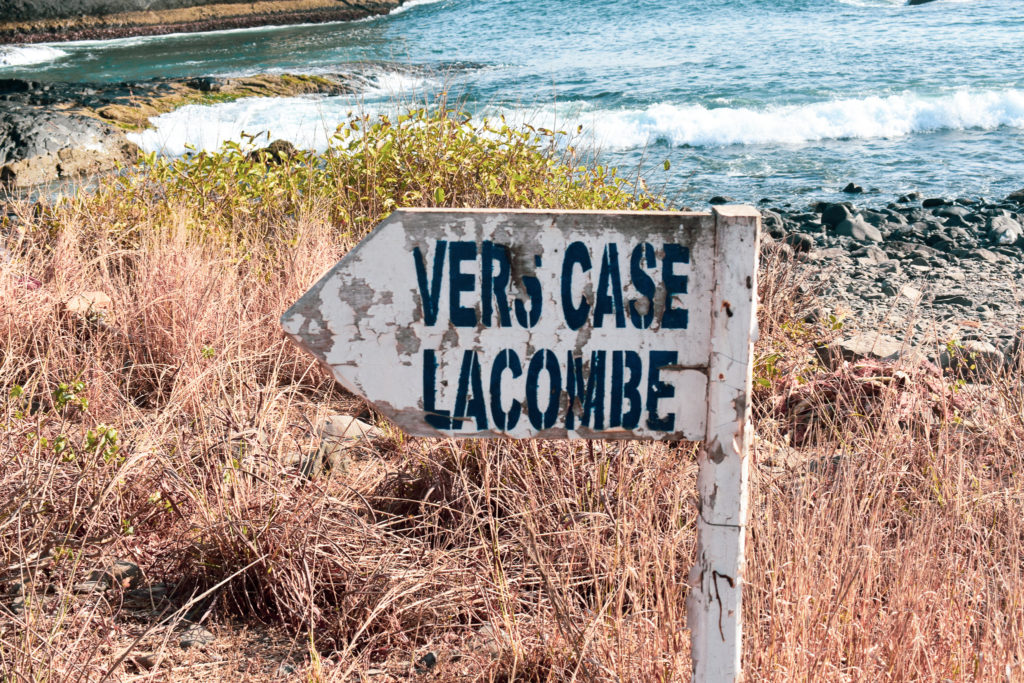
In 1770, a priest, Father Lacombe, decided to test this hypothesis and built a house on Ilot Sarpan. So said, so done. But according to the legend, Father Lacombe would hear voices every night, even though there were no humans on site. He attempted to plant local products on the island soil, but none of his crops would produce a thing. And even worse, the legend says that walls from the house of Lacombe eventually started to shrink every night. In the morning, his house would appear smaller than it was before. He eventually gave up, and to this date, this helped to confirm the theory of a mystical presence on Ilot Sarpan.
A Place of Worship for a Local Tribe of Fishermen
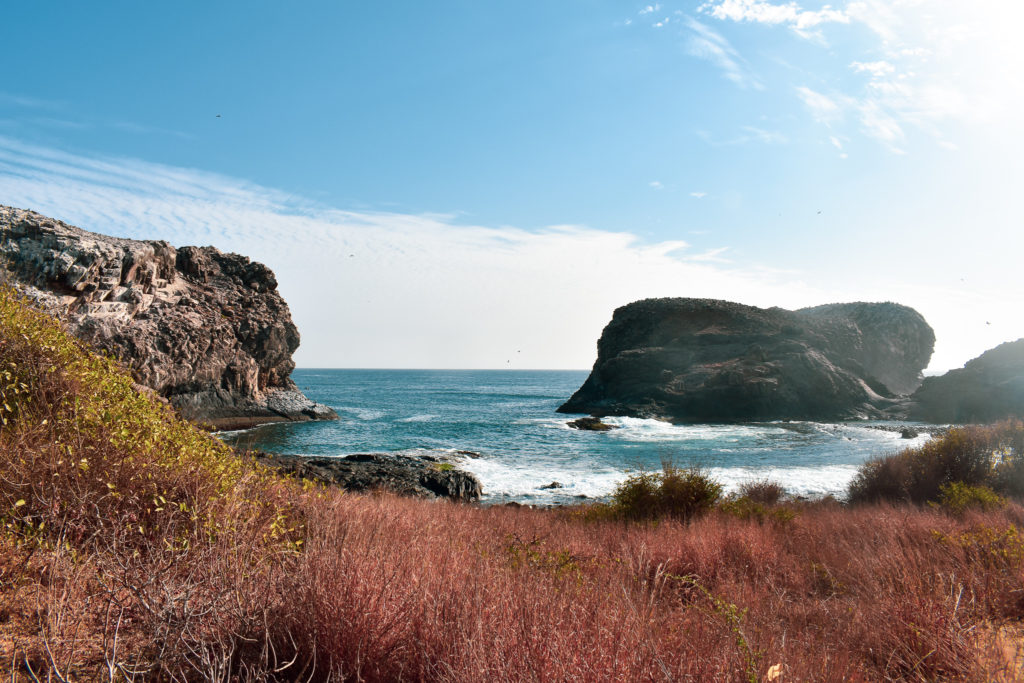
For us, a site to see. But for others, a place of divinity. The Lebou tribe of Senegal is a tribe of fishermen. They frequently visit Ilot Sarpan to give offerings and thanksgiving to the spirit that protects the island. They bring offerings of milk and water in wooden calabashes, and rest them at the feet of a humongous baobab tree where the protective spirit is said to reside.
“How do they know that the spirit is there”? I inquisitively asked Frederic. “Through ancient oments”, he responded. One of the elders of the tribe had a revelation. “And how do they select the leaders of their tribe?” I continued.”The red-bill tropicbird picks them”. For reference, the red-bill tropicbird (phaeton à bec rouge) is the emblem of the island. You might be able to catch it when you visit Ilot Sarpan.
If you visit Ilot Sarpan, you will see remnants of calabashes and water bottles at the feet of a baobab tree.
One View, Two Islands
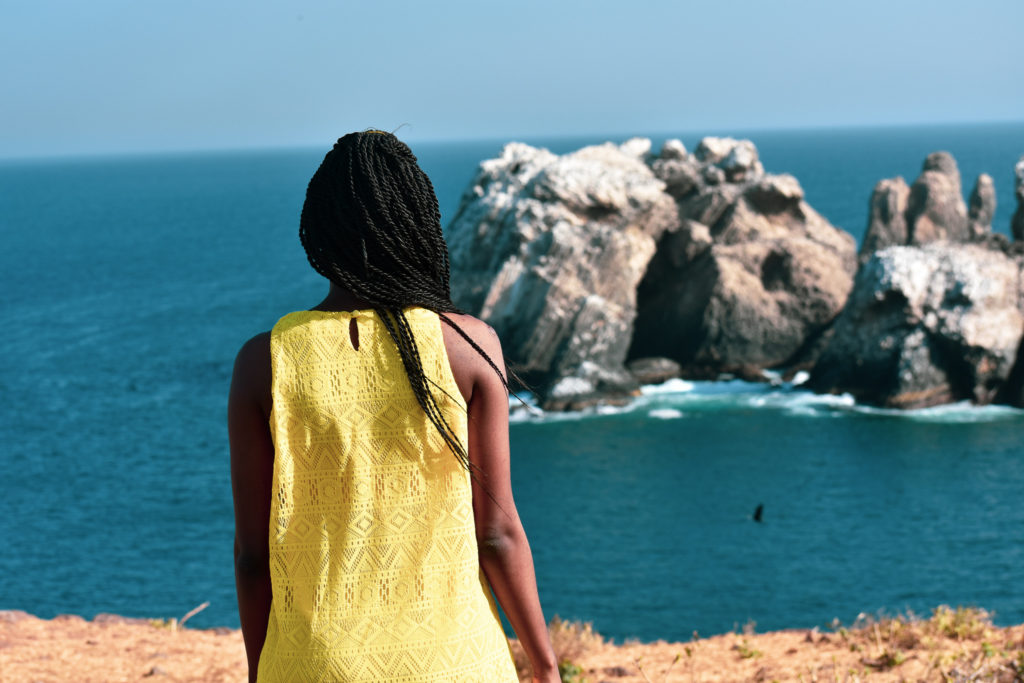
There is a second island, called “Ile de Lougne”. In the local language, “Lougne” means “the one that brushes the water”. Some texts would document it as “Ile de Lounge”. People often go there to admire the submarine aquarium. This includes various species of fishes and sharks. If you’re planning to visit Ilot Sarpan, this is a great activity to consider, especially if you love diving!
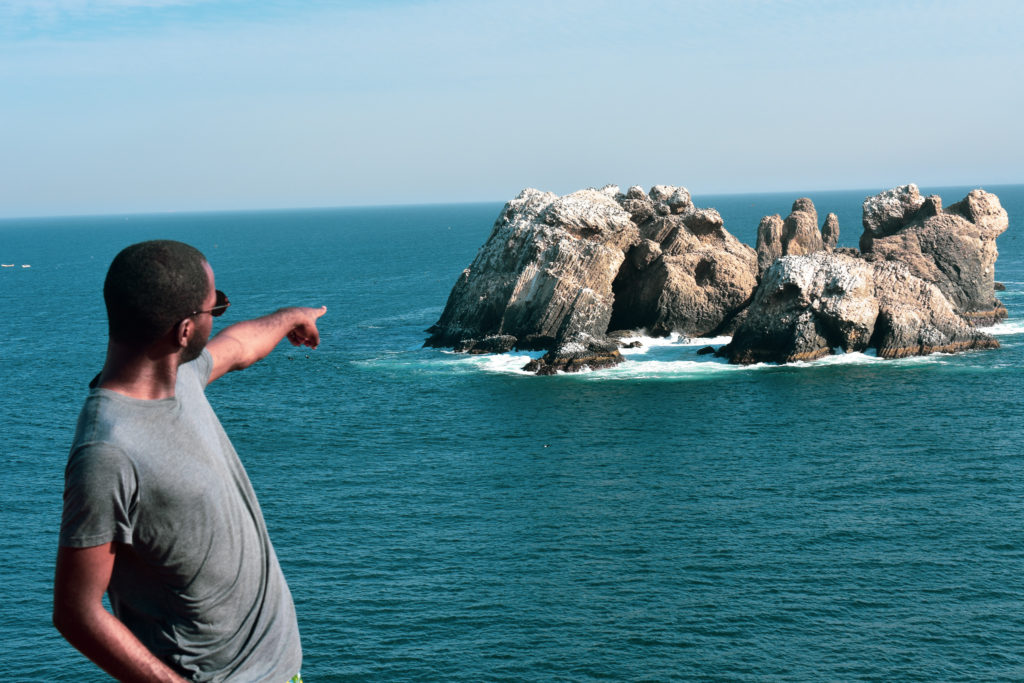
Majestic Rocky Formations
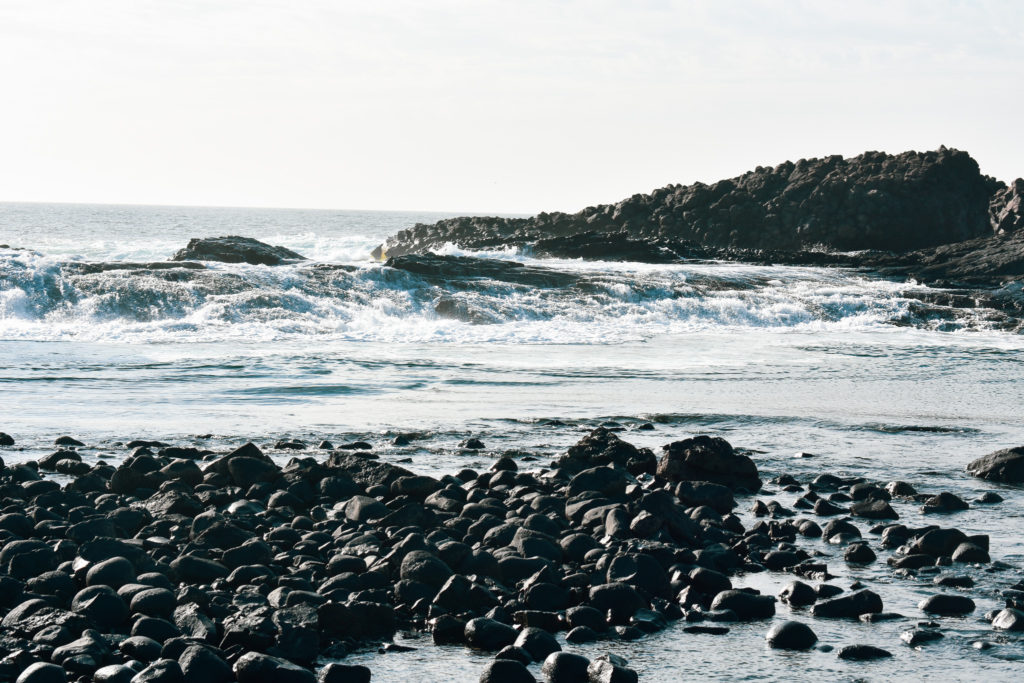
According to the history, Ilot Sarpan was formed more than 5 million years ago, as a result of volcanic activity. Rapidly cooling lava deposited to form the black stone collections that you will admire when you visit Ilot Sarpan. Those who love hiking can hike throughout the island, and admire these rocks all around.
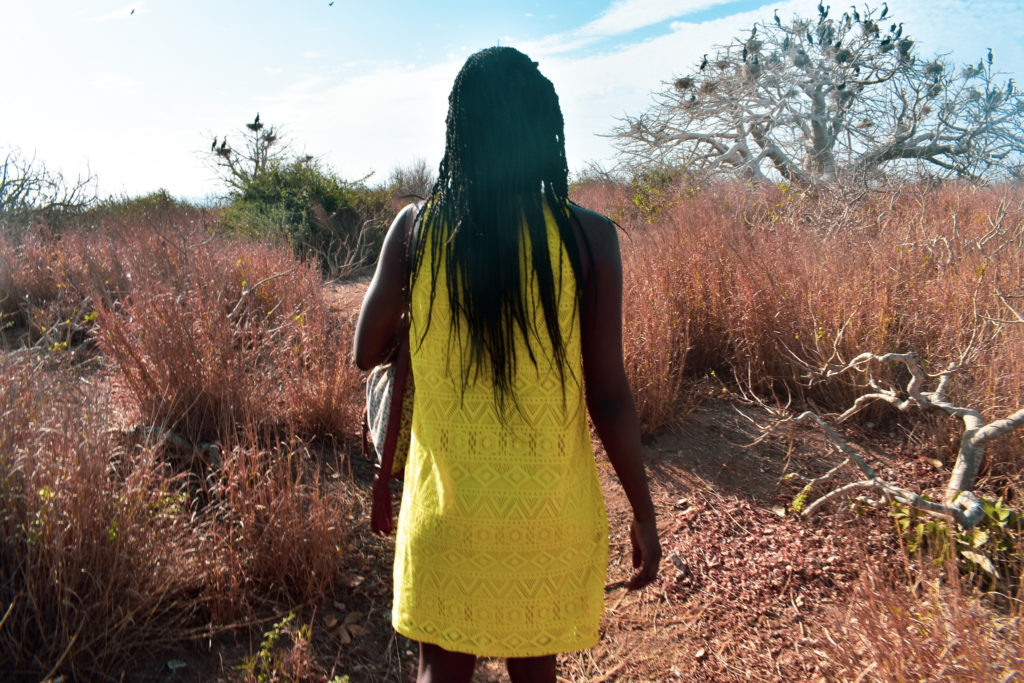
“White” Baobabs. Dwarf Baobabs.
As our journey continued, Frederic introduced me to the concept of “Dwarf baobabs” (baobabs nains). They are no taller than 5 m, because they cannot grow to their full potential due to the nature of the soil.
“And why are they white? I inquired”. Growing up in Africa, I had seen my (huge) share of Baobabs, but none of them were white.
“Oh, he laughed. This is because of bird poop!” And here I was, thinking I was going to stumble on a major scientific discovery!
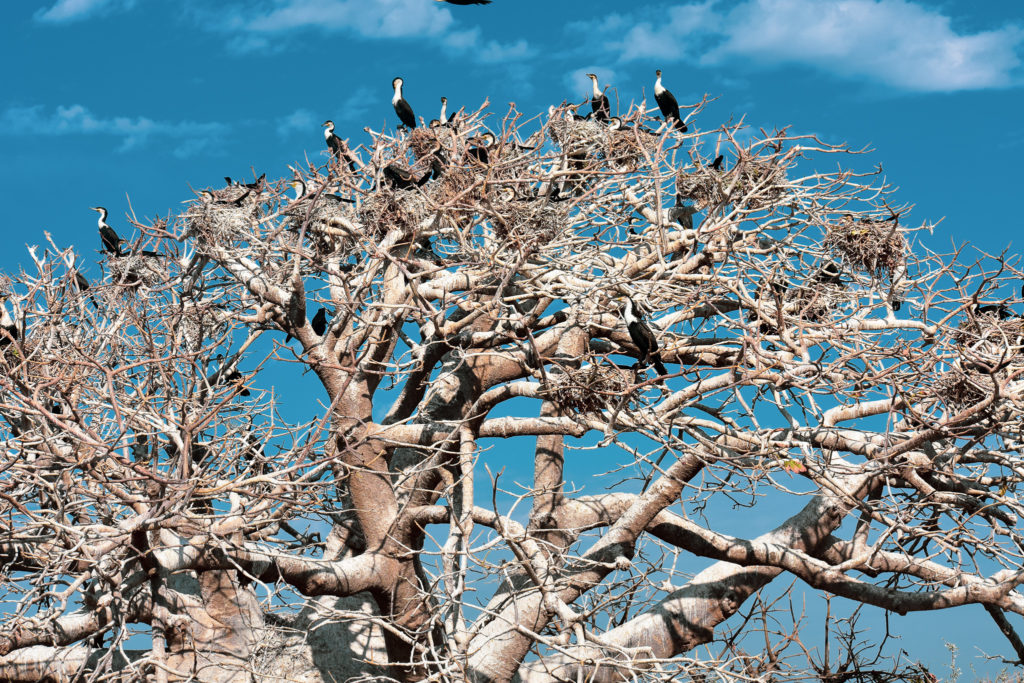
An Unpredictable Journey
Sooner than I had wished for, our journey came to an end. It was already 5:00 PM, and the boat was ready to return to the other side. We made our way down, while the other tourists were packing their beach towels.
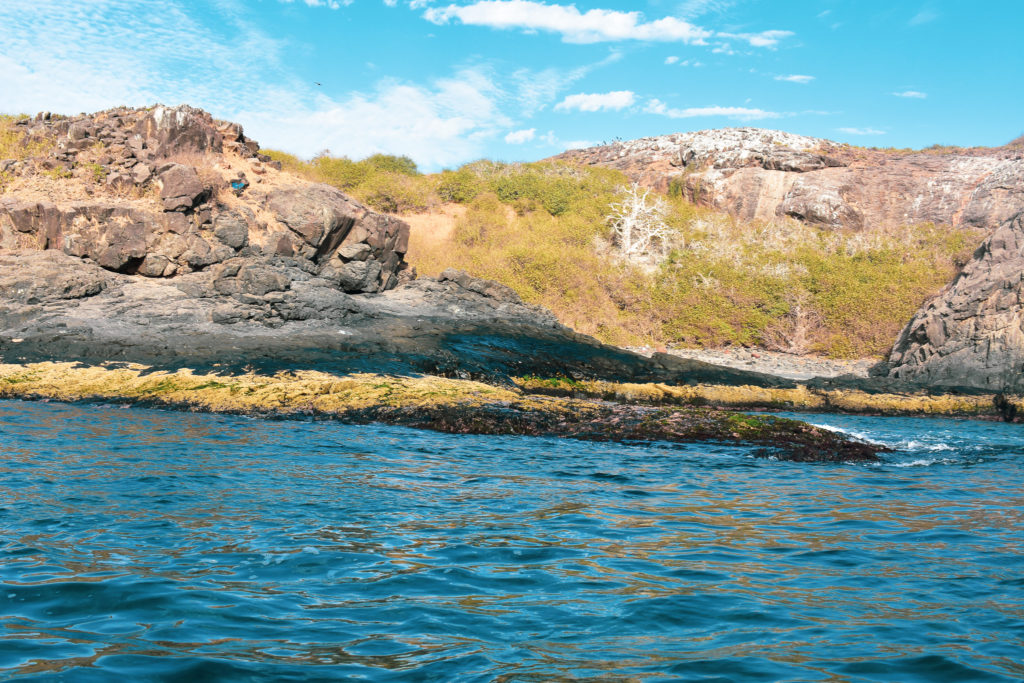
No, I did not “really” want to leave home that day. And yes, I felt like the staff was slightly unamused by us interrupting their football game. But at the end of the day, was it worth it? Yes. It was a great idea to visit Ilot Sarpan.
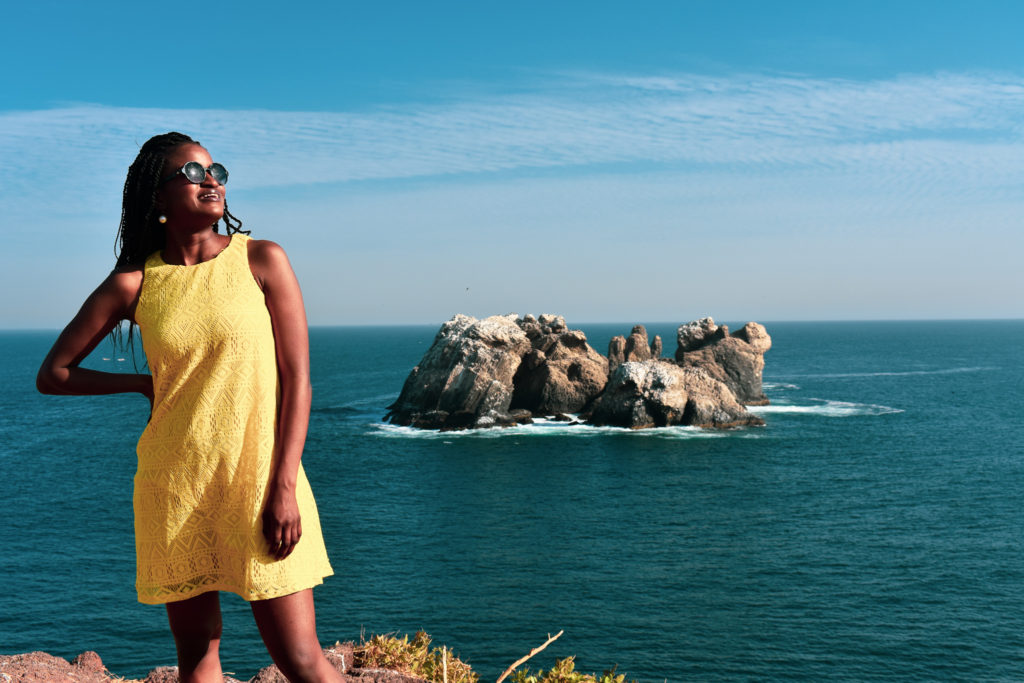
For the view, the sights and the history, I would leave home on a Sunday, and interrupt any football game, willingly.
I hope that, just like when I went to Ngor Island, I was able to take you on this journey with me. If you liked this, feel free to share it, drop a comment, or pin it!
Liked it? Pin it!



Leave a Reply